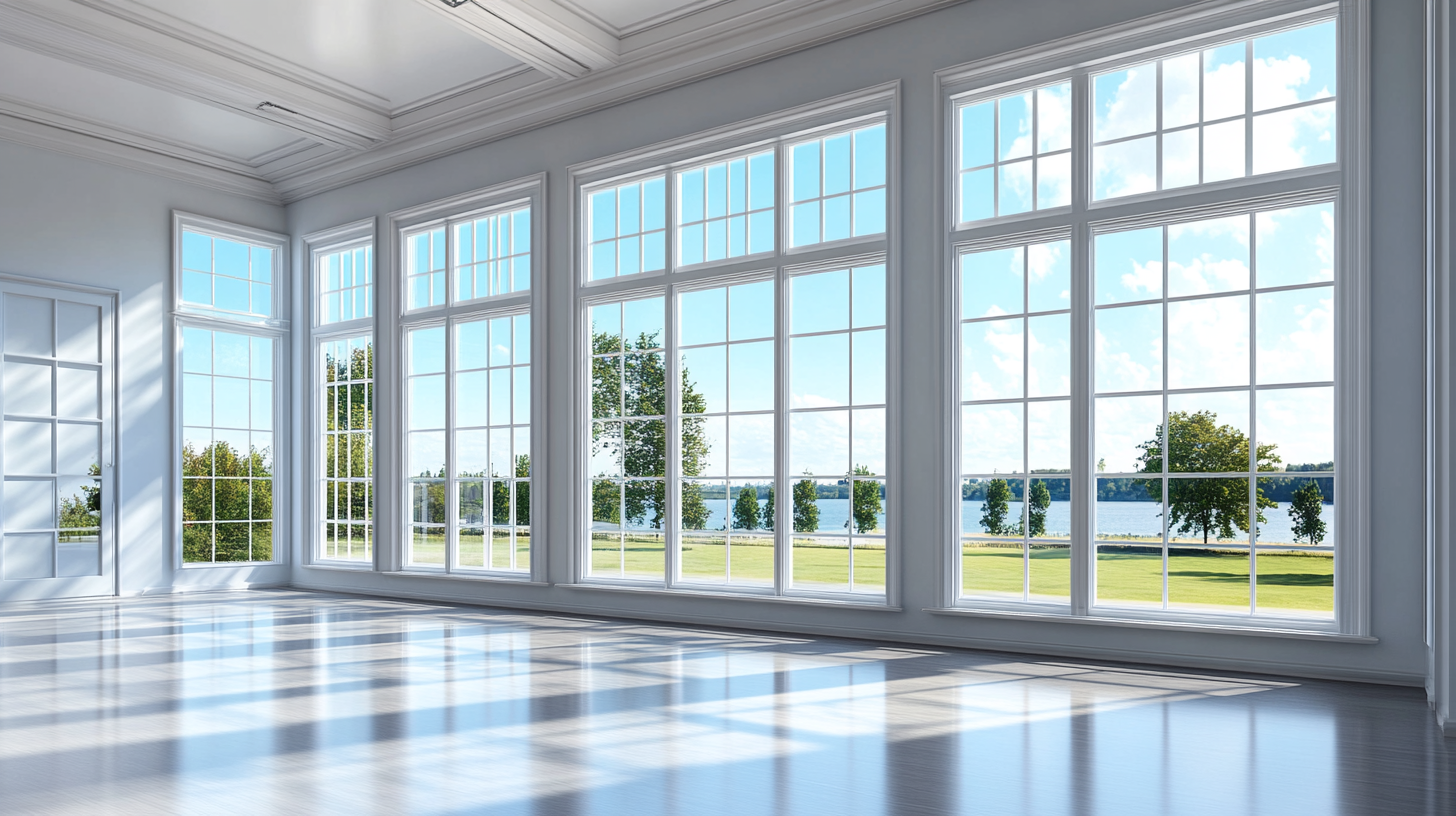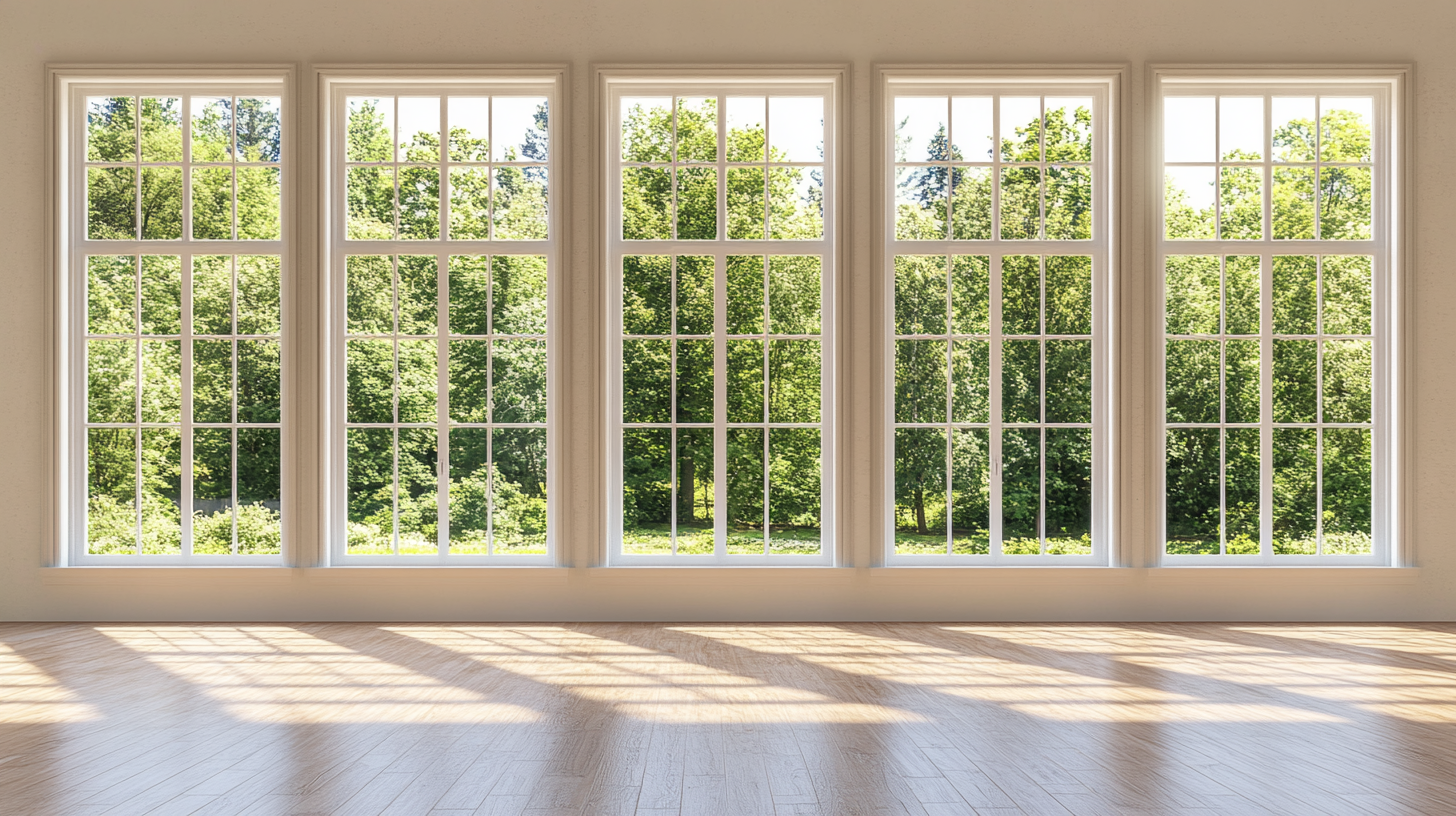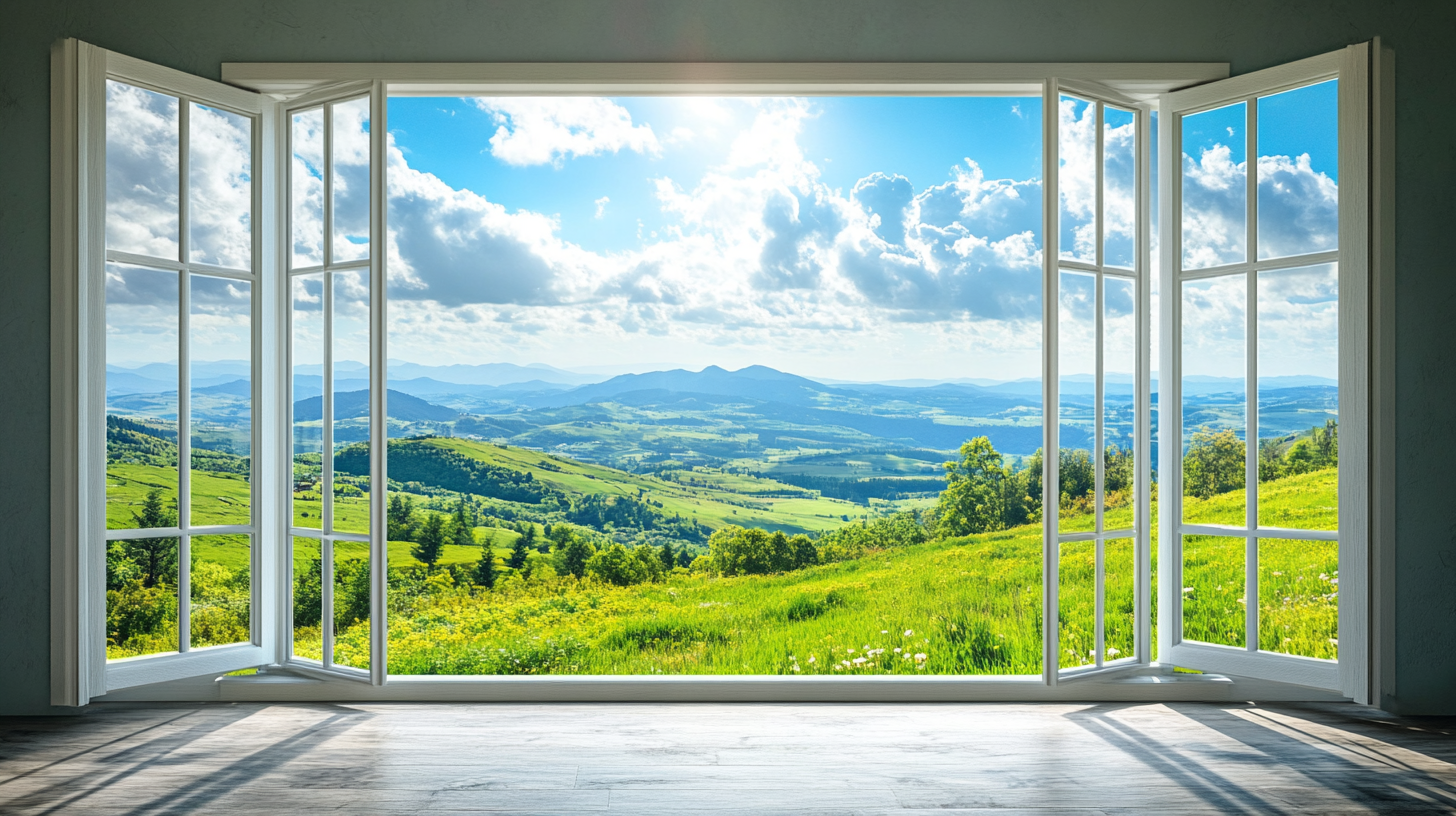Unlocking Value: Essential Considerations for Sourcing Commercial Windows Globally
In the ever-evolving landscape of the construction and architectural industries, the sourcing of commercial windows has become a critical factor influencing both aesthetic appeal and energy efficiency. According to a report by Grand View Research, the global commercial windows market is expected to reach USD 83.43 billion by 2025, growing at a CAGR of 6.5% from 2019 to 2025. This surge is largely driven by the rising demand for sustainable building practices and energy-efficient products, making it imperative for stakeholders to navigate this market with strategic foresight.
As businesses and developers aim to maximize value in their projects, understanding the nuances of sourcing commercial windows is essential. Factors such as material selection, regional availability, and compliance with international standards play a significant role in ensuring that the final product meets both performance specifications and design intentions. By delving into the intricacies of global sourcing, businesses can unlock value not only in terms of cost savings but also through enhanced building performance and customer satisfaction, ultimately shaping the future of commercial construction.

Global Market Trends in Commercial Window Sourcing
In recent years, the global market for commercial window sourcing has experienced significant transformations, driven by advancements in technology and shifts in consumer preferences. These trends indicate a growing demand for energy-efficient windows that not only enhance the aesthetic appeal of buildings but also contribute to sustainability goals. As businesses increasingly focus on reducing their carbon footprints, sourcing windows that meet stringent environmental standards has become a critical consideration. Furthermore, the emergence of smart windows equipped with innovative glazing technologies is reshaping the landscape of commercial window sourcing. These windows can automatically adjust their tinting in response to sunlight, thereby optimizing energy usage and providing a more comfortable indoor environment. As awareness around climate change continues to rise, investors are keen on supporting projects that integrate such cutting-edge technologies into their designs, reflecting a shift towards a more sustainable commercial real estate sector. Supply chain dynamics are also evolving, with international trade becoming more intricate due to various geopolitical factors. As companies scout for reliable suppliers, they must navigate tariffs, trade agreements, and logistics challenges while ensuring the quality and compliance of their sourced products. Understanding these market trends is essential for stakeholders aiming to leverage the best opportunities in sourcing commercial windows globally, ensuring they remain competitive in an ever-changing landscape.

Key Factors to Evaluate When Selecting Window Suppliers
When selecting window suppliers for commercial projects, several key factors must be evaluated to ensure optimal value and performance. First and foremost, understanding the supplier's manufacturing capabilities is crucial. Assess the technology they use, the materials sourced, and their production capacity. This information will help determine whether they can meet your specific project requirements, such as custom designs or large order sizes.
Another essential consideration is the supplier's track record and reputation in the market. Research their past projects and client testimonials to gauge reliability and quality. An experienced supplier with a solid reputation is more likely to deliver windows that meet both aesthetic and functional standards. Additionally, consider their compliance with local and international building regulations; suppliers who prioritize certifications can not only enhance safety but also assure you of the longevity and performance of their products.
Lastly, effective communication and support from the supplier can significantly influence the project's success. Evaluate their responsiveness, customer service quality, and after-sales support. A supplier that values effective communication will facilitate a smoother workflow, especially when addressing potential issues during the installation process. By carefully assessing these factors, you can confidently choose a window supplier that aligns with your project's goals and enhances overall value.

Cost vs. Quality: Balancing Budget and Specifications
When sourcing commercial windows globally, the delicate balance between cost and quality is crucial. Businesses often find themselves navigating a minefield of options, where lower prices can lead to compromises in quality. To achieve optimal results, it is essential to assess what qualities are necessary for specific projects. Investing in high-quality materials might incur higher upfront costs, but can lead to substantial savings over time through improved energy efficiency, durability, and reduced maintenance needs.
Additionally, understanding the specifications required for the windows is paramount. Depending on the environmental conditions and building design, the right choice of glazing, frame materials, and insulation can significantly impact long-term performance. By prioritizing quality, businesses can enhance their brand's reputation, ensuring that projects not only meet regulatory requirements but also exceed client expectations. When budgets are tight, creating a cost-benefit analysis can be helpful in justifying investments in quality windows that promise longevity and reliability.
In the global market, it’s also important to consider the manufacturer’s reputation, certifications, and commitment to sustainable practices. Choosing suppliers who place a strong emphasis on quality control and good manufacturing practices can mitigate risks associated with poor performance or compliance issues. Thus, striking the right balance between cost and quality is not just a financial decision but a strategic one that can ultimately define the success of a project.

Sustainability Practices in Global Window Manufacturing
Sustainability has emerged as a critical focus in the global manufacturing landscape, especially within the commercial window industry. As construction materials are reevaluated in light of their environmental impact, the integration of sustainable practices throughout the supply chain is paramount. Recent studies indicate that buildings contribute nearly 40% of global carbon emissions, highlighting the urgency for innovations in manufacturing processes that reduce this footprint.
Incorporating recycled materials into window production is one significant step towards sustainability. Reports show that the use of recycled content can reduce greenhouse gas emissions significantly, making substantial progress towards climate goals. Furthermore, implementing eco-friendly coatings and glazing technologies not only enhances the energy efficiency of windows but also aligns products with consumer demand for socially responsible purchasing. Industry players are increasingly recognizing that consumers are willing to pay a premium for products that demonstrate environmental stewardship, as indicated by sales growth associated with sustainable claims.
In addition to material innovations, companies are adopting comprehensive strategies to optimize their supply chains for sustainability. This includes reducing waste during production and employing renewable energy sources. The International Day of Zero Waste emphasizes the importance of these sustainable practices, advocating for a holistic approach to consumption and production.
Given the crucial role that window manufacturing plays in the broader construction sector, companies must prioritize sustainable practices to unlock value and meet evolving market expectations. As the industry embraces these changes, it not only contributes to greater environmental sustainability but also ensures long-term viability in a competitive global market.
Navigating Regulatory Compliance in International Sourcing
Navigating the complexities of international sourcing for commercial windows requires a keen understanding of regulatory compliance. Each country has specific regulations that govern construction materials, making it essential for businesses to familiarize themselves with these requirements before making procurement decisions. Understanding these legal frameworks not only aids in ensuring product quality but also mitigates potential legal risks associated with non-compliance.
In addition to local building codes, businesses must also navigate international standards that may apply to their products. Certifications such as ISO or compliance with environmental standards can greatly influence marketability and acceptance of windows in various regions. For instance, some markets may prioritize sustainability, pushing suppliers to source materials that adhere to green building standards. Engaging with local experts can provide invaluable insights into these complex landscapes and help align sourcing strategies accordingly.
Furthermore, it is crucial to be aware of trade agreements and tariffs that can impact the cost and feasibility of importing windows. Understanding the intricacies of customs regulations will streamline the shipping process, reducing delays and unexpected expenses. By meticulously researching and planning around these compliance issues, businesses can unlock greater value from their international sourcing efforts, facilitating smoother operations and ultimately leading to successful project execution.

